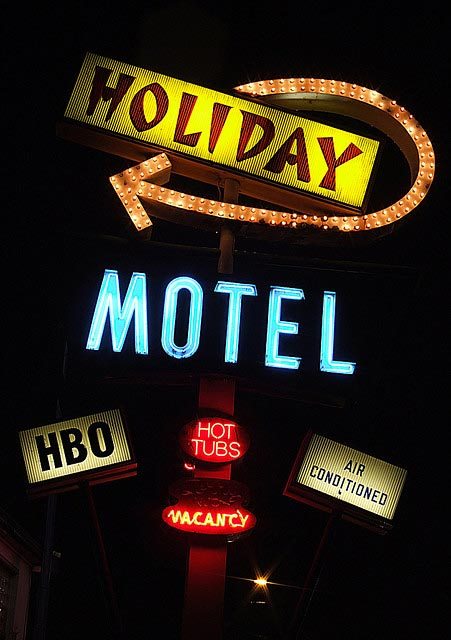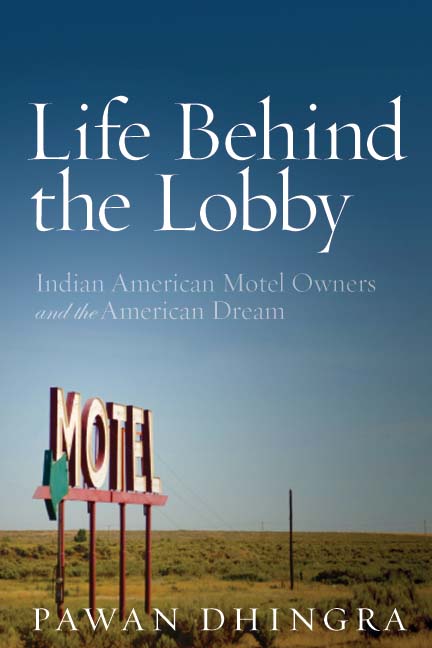
Exploring Americana – The Indian-American Contribution
What can be more American than the motels which dot the vast expanse of America? They are a part of the road journeys which almost every American takes, the summer vacation memories that are part of the collective experience of the nation. Small mom and pop places, bigger franchises of known names and of course upscale hotels – and often they have an Indian-American connection. It is a well-known fact that Indian-Americans are very dominant in the hospitality industry in the US. In his new book Life Beyond the Lobby: Indian American Motel Owners & the American Dream, Pawan Dhingra explores the Indian hand in these rest stops which we all are so familiar with. An excerpt from the book is here
Pawan Dhingra is Museum Curator at the Smithsonian Institution, for the HomeSpun: Indian American Heritage Project. He also is Associate Professor of Sociology at Oberlin College and soon will be joining Tufts University. His first book, Managing Multicultural Lives: Asian American Professionals and the Challenge of Multiple Identities (Stanford University Press), won Honorable Mention for the 2007 Best Book in the Social Sciences from the Association for Asian American Studies.

1. What inspired you to write ‘Beyond the Lobby?’
I was taken by the sheer magnitude of the accomplishments of Indians, in particular Gujaratis, in this industry. I’m not sure anything really compares to the extent of their nation-wide dominance of such a large and quintessentially American industry by an immigrant group. As I talked to owners, it was clear that there was much to be proud of, and I wanted to share that story. Within that pride were also challenges they have to navigate, and that is part of the story as well. Immigrants and their children have different perspectives on the business, which is important to recognize as well.
2. Have you ever stayed in an Indian-owned motel and what’s been your experience?
Just statistically speaking, I think almost anyone who has stayed at a motel numerous times has stayed at an Indian-owned one. That might not be obvious to the guest, but it’s often true nonetheless. I have stayed at numerous Indian-owned places and found them clean, well-run, and with courteous staff and owners. I remember staying at one motel with my wife and son, who then was an infant. The owner let us keep our milk and baby food in their refrigerator. It’s those small aspects of hospitality that stick in your head, and I’ve found that a lot. That’s not to say non-Indian owners aren’t also courteous and professional – they often are as well.
3. Did you visit a lot of motels as part of the research?
Oh yes. I can’t keep track of the number. Sometimes I would show up to a place randomly and start talking to the owners. Other times I met them through other owners. I helped out in a couple of motels. I have been inside owners’ homes inside their motels for tea or dinner. I have been with owners and their families at community events. I have hung out with owners at their volleyball games. I have visited temples and spoken to owners. I’ve been to conventions. This research took place over a number of years.

4. What did you learn about the Indian hoteliers from writing the book?
What is most impressive is the ability to run a motel in a professional manner while limiting costs. The family, of course, works hard to make this happen, and the children may grow up in the motel. They do not want to simply meet franchise standards but oftentimes go beyond them to stay competitive. With all of this, they find ways to create pleasurable home lives, see their kids go to college and possibly return to the business, and earn the respect of those around them. It takes a lot of work, sometimes creatively, but the results speak for themselves. The current economic recession has hit owners hard, but their strategies help them weather the storm.
Related Article:
